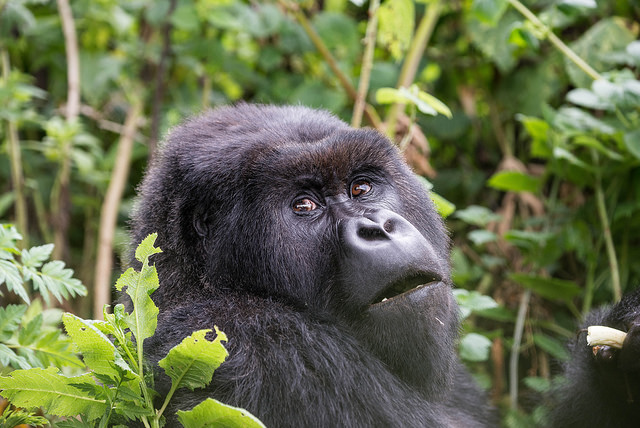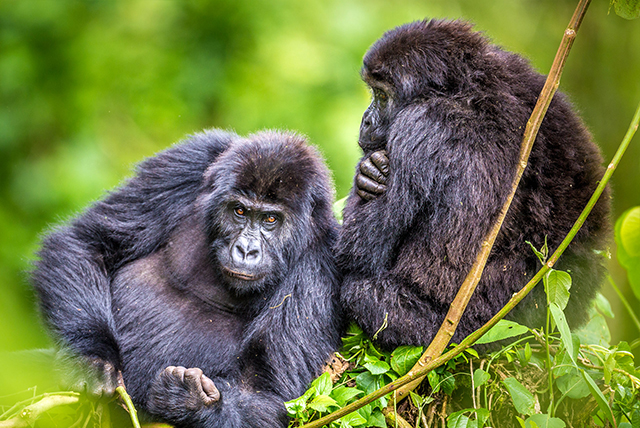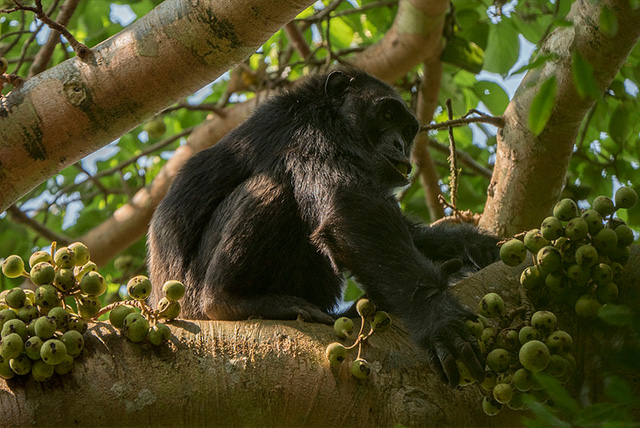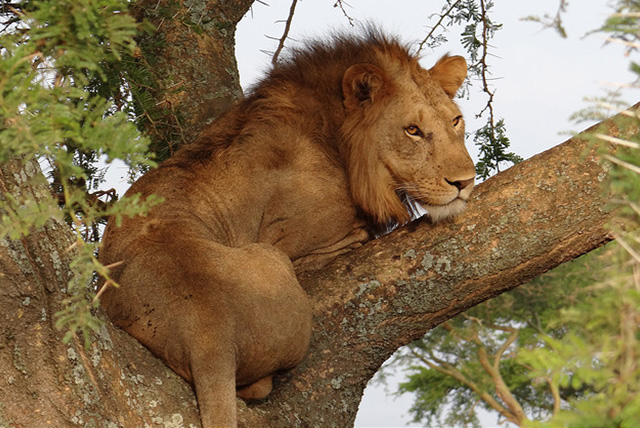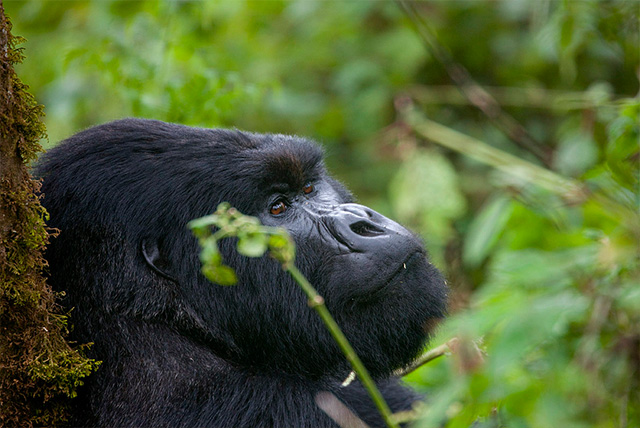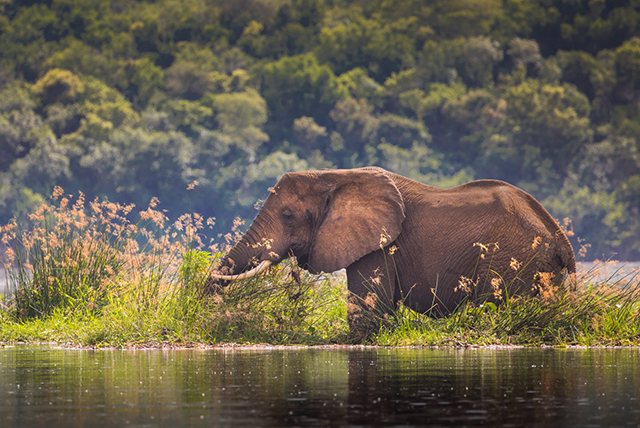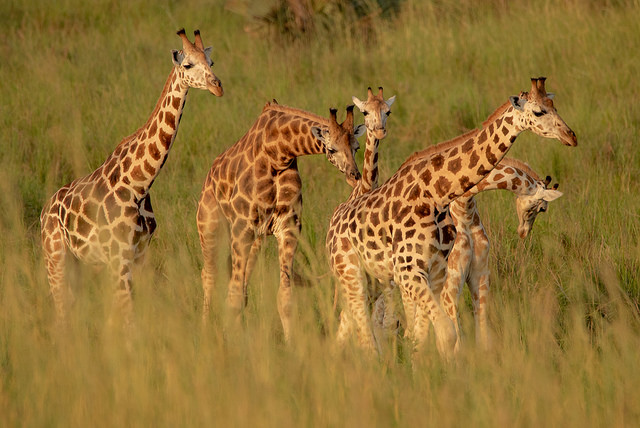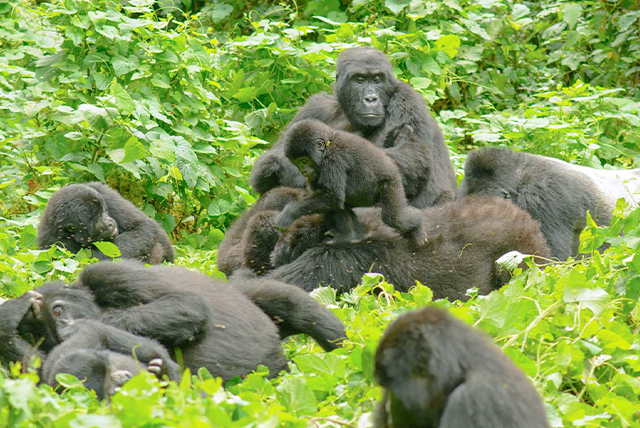Ndutu
Ndutu Lake, Migration, Safari, Activities, Accessing the location
Tanzania’s Hidden Safari Gem. Ndutu Lake, Migration, Safari, Activities, Accessing the location. The Ndutu Region is a captivating part of the northern section of the Ngorongoro Conservation Area, stretching into the open southern boundaries of the Serengeti National Park, where these two remarkable wilderness areas converge. This part of the park features acacia woodlands and undulating grasslands sprinkled with alkaline lakes that draw in flocks of flamingos.
Ndutu Area Exploration Guide
Ndutu, nestled in the northern part of the Ngorongoro Conservation Area, links to the Serengeti through vast, open grasslands. It serves as a vital segment of the yearly journey for countless wildebeest, zebra, antelope, and their predators, who come to feed and bring new life into the world from November to March, influenced by the rains. The forests and small koppies surrounding Lake Ndutu teem with vibrant native fauna, inviting exploration and discovery at every turn.
HIGHLIGHTS: The famous Great Migration sweeps across the plains from November to April.
Witnessing the calving season on the plains from December to May is an experience you will not want to miss.
From June to November, during the dry season, local elephants, giraffes, and large predators gather at waterholes.
All six cat species—the leopard, lion, cheetah, caracal, serval, and African wildcat—make this place their home throughout the entire year.
Teeming with vibrant birdlife Olduvai Gorge; an extraordinary archaeological treasure
Lakes Ndutu and Masek; intriguing carbonic acid lakes
The Ndutu area lies in the northwestern part of the Ngorongoro Conservation Area, covering just over 8,000 km2. This remarkable region features the stunning Ngorongoro Crater, the historic Olduvai Gorge, lush forests, majestic mountains, and the expansive, unfenced plains of Ndutu that stretch out to the Serengeti.
The Ngorongoro Conservation Area is famous for its breathtaking beauty and rich wildlife, as well as its allowance for human habitation. The local Maasai tribe engages in the age-old tradition of subsistence agriculture. One might often encounter a Maasai herder guiding his cattle through vast grasslands, where wildebeest and zebra roam freely.
Wildlife of Ndutu
Thriving herds of wildebeest, zebra, and antelope gather on the lush grasslands of the Ndutu plains to give birth from December to May, influenced by the rainfall. Predators gather in great numbers, as expected by the wild, ready to indulge in the unsuspecting young. It is a vibrant display of wildlife and the rhythms of nature.
The herds embark on a journey away from the plains during the dry season, seeking out better water and grazing, which transforms the once vibrant landscape into a barren expanse. The area is alive with a variety of resident game, including giraffe, elephant, hyena, and antelope, all drawn to the waterholes for their gatherings. Throughout the year, the region hosts an exciting array of six cat species: lion, leopard, cheetah, caracal, serval, and African wildcat.
Exciting sights and experiences await in the Ndutu Area!
Game drives become an exhilarating experience as the Great Migration herds roam across the vast plains.
Olduvai Gorge is a captivating archaeological site.
A journey in a hot-air balloon soaring above the vast prairies
Stroll alongside Maasai guides and uncover the vibrant customs and rich culture of the area.
Exploring the wonders of birdlife
Ideal moments to explore Ndutu
The Ndutu region is always a fantastic destination, brimming with wildlife that stays year-round.
If experiencing the Great Migration is high on your list of must-dos, remember that the movement of animals can be quite unpredictable and is greatly influenced by rainfall patterns. There is a rhythm to their journey, and drawing from past experiences, we can predict when they will arrive at each destination. The vast herds usually arrive on the Ndutu plains from November to December and leave between April and May.
Talk to our experts about the best time and place to boost your chances of seizing the moment. Keep in mind that even if you miss the migration, there is still an abundance of sights to explore!
How to reach Ndutu
By car: Ndutu is approximately 280 kilometers along the road from Arusha. The roughly six-hour trek winds through picturesque landscapes and the Ngorongoro Conservation Area.
By air: There are several airstrips nearby, such as Ndutu, Seronera, and Kusini. In the height of the season, you can catch daily flights from Arusha to Ndutu Airstrip, taking less than an hour to reach your destination. Charter flights are also an option. Arusha boasts two airports: the Arusha domestic airport and the Kilimanjaro International Airport, where a variety of local, African, and international airlines provide daily flights.
The yearly journey of wildlife from Kenya to the Ngorongoro Conservation Area (NCAA) is one of the most remarkable events in nature.
More than two million animals, such as wildebeest, zebra, eland, and Thompson gazelle, embark on a remarkable journey from Ngorongoro and the Southern Serengeti to the Northern Serengeti in Kenya and back again.
This migration path unfolds as they chase the rains and, in turn, the rapidly sprouting fresh grasses. The Ndutu region is famous for its short grass plains, teeming with nutrient-rich vegetation that supports migratory animals during their gestation periods. Wildebeest and zebra usually bring new life into the world on these plains, peaking around February, resulting in a breathtaking display and thrilling predator interactions.
The Wildebeest thrive on the short grass plains through March and April, building their strength for the epic journey northward that follows the rains and the emergence of lush grasslands.


